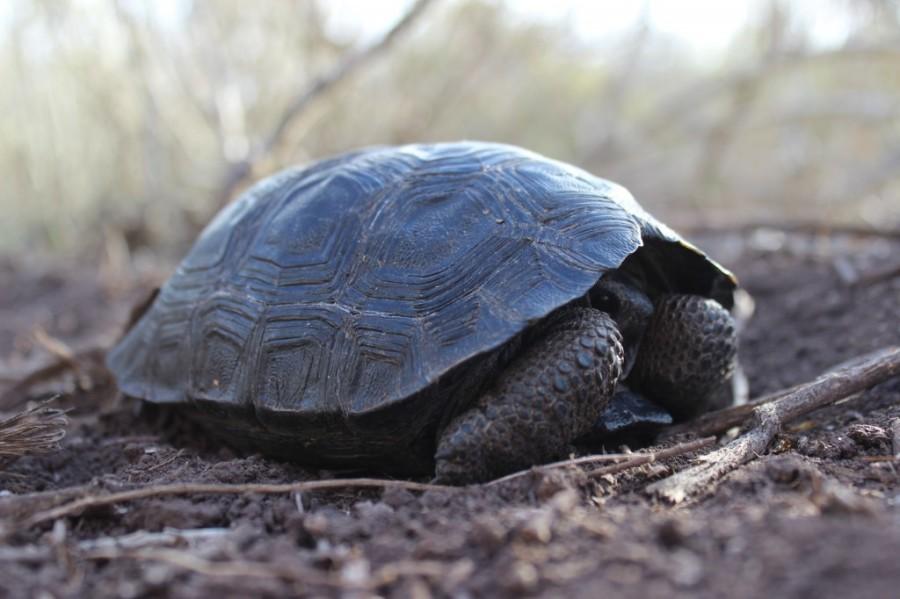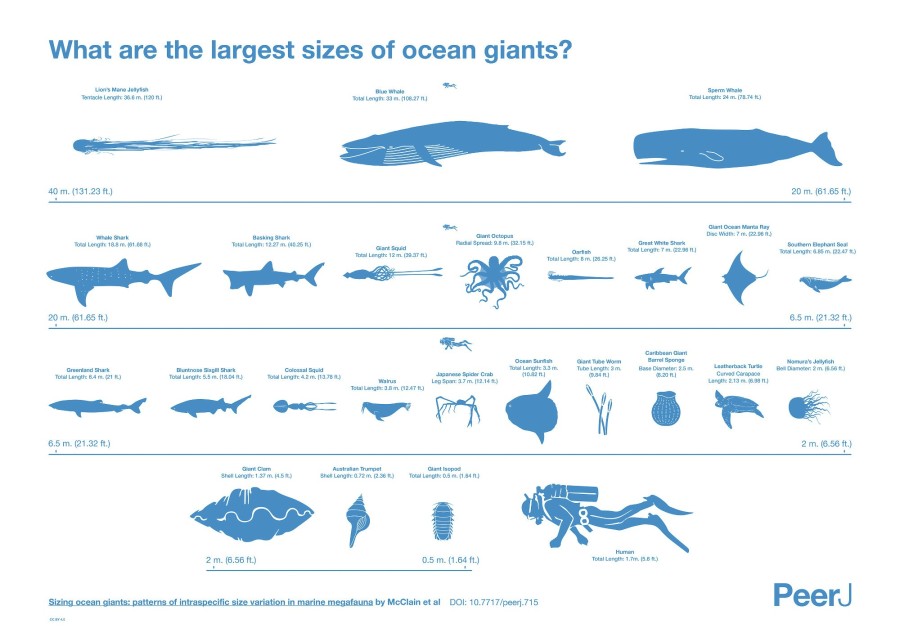Sea stars more commonly (and incorrectly) known as star fish, are dying off in vast numbers. Millions of individuals, from at least twenty different species along the west coast are “wasting” away.
They are suffering from what is called a wasting disease or wasting syndrome. This disease is classified by symptoms of ectoderm lesions, decaying tissue, autonomous limbs, and tissue fragmentation. So in less science-y terms the sea-star contracts the disease, develops skin wounds, which end up decaying and making the sea-star appear like it is melting away as it dies. Or worse, its limbs end up having “minds of their own” and crawling off in separate directions. The sea star either melts or literally rips itself apart.
The outbreak began in June 2013, along the Washington coast. Soon sea starts all along the Pacific Coast, from Baja California to southern Alaska were dying off because of this wasting disease. The National Academy of Sciences conducted a year-long study on the strange disease. They have concluded that the densovirus is the most likely culprit for the gruesome deaths. This virus has been known to be present in the Pacific Ocean since 1942. Something must have happened now to induce such an extreme outbreak.
Their study was incredibly intense: “There are ten million viruses in a drop of seawater, so discovering the virus associated with a marine disease can be like looking for a needle in a haystack,” Ian Hewson, a professor of microbiology said.
There have been similar die-offs in the 1970’s, 80’s, and 90’s, but the current outbreak has had the most casualties, and over such a large area. Also interestingly, sea stars can “have” the virus but not exhibit symptoms. The Densovirus has been found in museum sea star specimens collected as far back as the 1940’s. Researchers have found that sea stars with higher concentrations of the virus in their system are the ones that are dying.
Sea stars are deceptively essential to the environment: they’re more important than we might expect. Ecologists consider them to be what is known as “keystone species.” National Geographic defines a keystone species as “a plant or animal that plays a unique and crucial role in the way an ecosystem functions. Without a keystone species, the ecosystem would be dramatically different or cease to exist altogether.”
There is hope, however, there seem to be a large number of juvenile sea stars in certain regions. Some regions like Monterey Bay have the highest number of juveniles in fifteen years. Maybe these little sea stars will have developed some sort of immunity to this decimating sickness.





